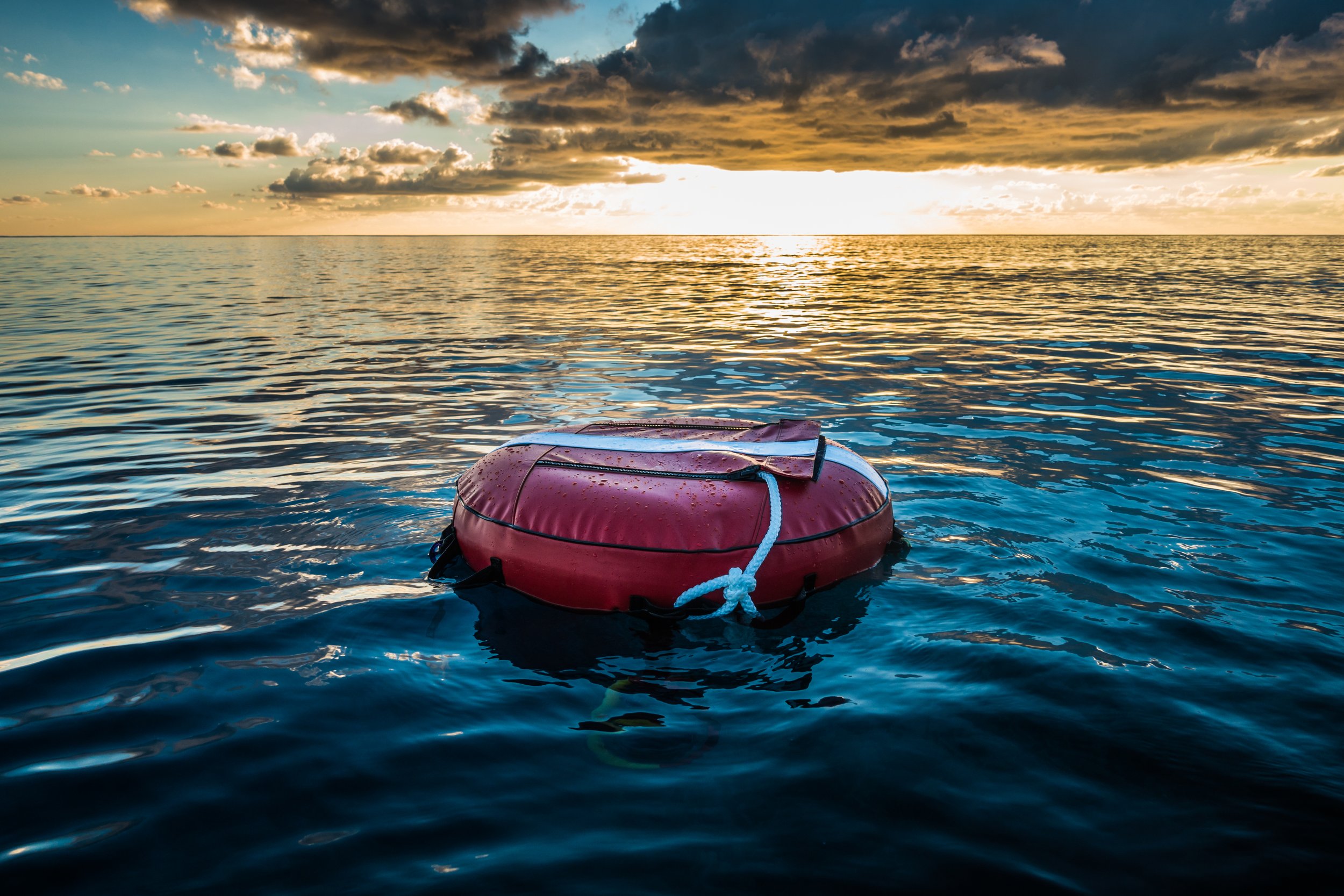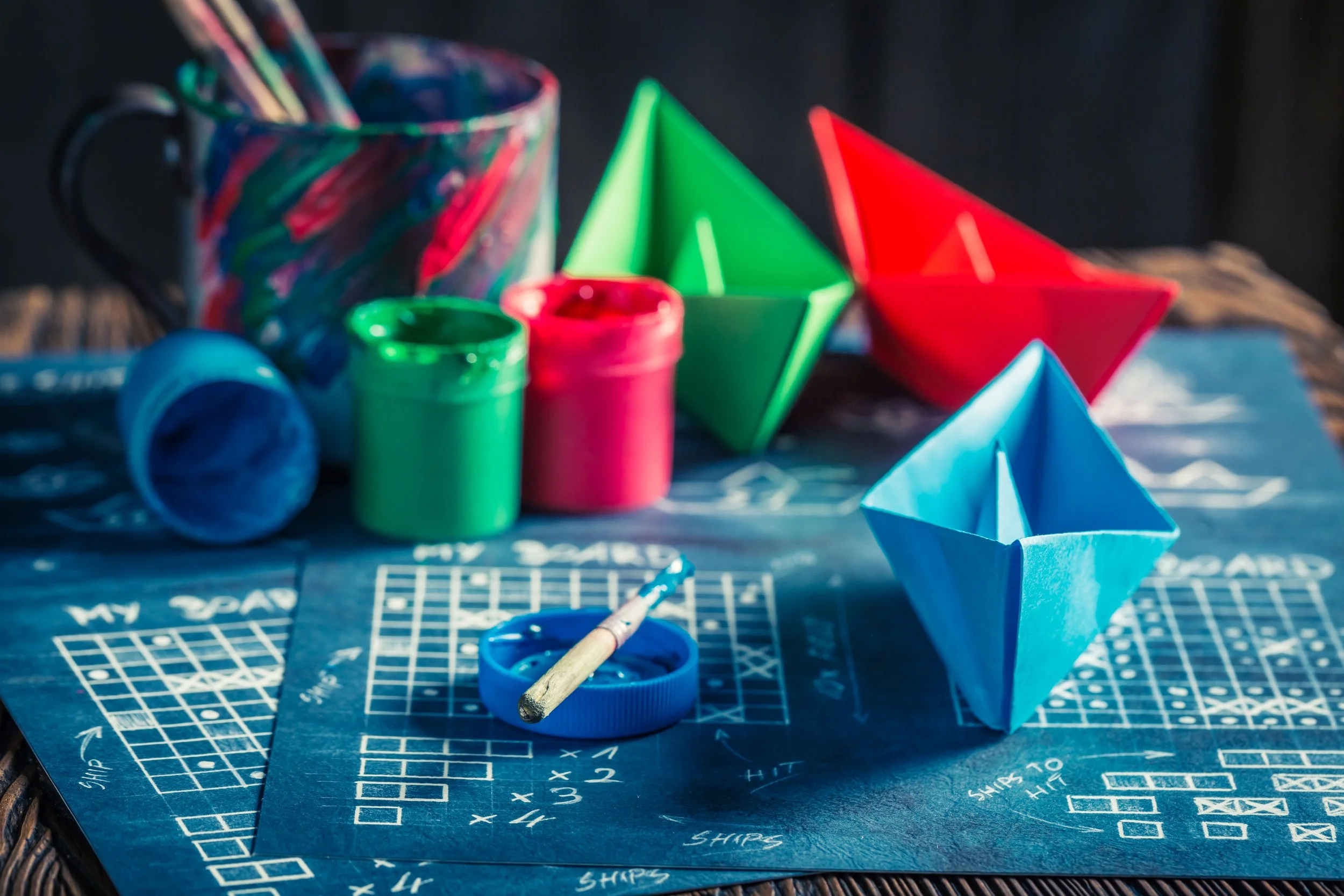
Build and Create: Liferaft Challenge
Stranded at sea, your students take on the role of shipwrecked explorers trying to preserve their treasure. With limited materials and a ticking clock, can they build a raft strong enough to keep their cargo afloat?
This hands-on challenge encourages engineering, experimentation, and perseverance through trial and error. It’s a perfect kickoff to the Endeavorosity experience.
**To download the PDFs or Google Docs, you can find those links below the directions. There are full links for the teacher instructions as well as student hand-outs.
🌊 Mission Briefing: The Wreck of the Endeavour
Year: 1769
The world’s oceans remain vast and largely unmapped. You are a young deckhand aboard the HMS Endeavour, a British exploration vessel under the command of the famed navigator Captain James Cook. Your mission: to chart the mysterious Pacific, collect scientific data, and return to England with discoveries that could change history.
For weeks, you’ve been sailing among strange islands and coral reefs. Supplies are low. The ship creaks and groans in the wind—an ominous sound beneath the stars.
Then, disaster.
In the dark hours before dawn, the Endeavour strikes a jagged reef—uncharted and invisible just beneath the waves. The hull tears open. Water floods the lower decks. Chaos erupts. Sailors scramble for lifeboats. The ship begins to list.
You and a small crew manage to paddle ashore to a nearby atoll—soaked, bruised, and shaken. But not everyone escaped. Four of your crewmates remain aboard, injured and trapped below deck.
Their only hope… is you.
On the shoreline, you search the flotsam for anything useful: splintered planks, scraps of waxed sailcloth, iron wire, and hardened lumps of pine resin. The words of your captain echo in your mind:
“A sailor is only as clever as the tools he fashions from ruin.”
Now it’s up to you.
Using only the wreckage you’ve salvaged, construct a liferaft strong enough to float your crewmates—and carry the food they’ll need to survive the journey.
🌊 Overview
This hands-on STEM and history-integrated challenge places students in the role of shipwrecked explorers in 1769. Drawing from the wreckage of the HMS Endeavour, they must use limited, salvaged materials to engineer a raft capable of floating injured crewmates and provisions to safety.
This challenge fosters teamwork, critical thinking, problem-solving, and historical empathy—while teaching basic engineering principles.
🧰 Materials (Per Team)
3 notecards (represents thin wood planks from crates)
8 popsicle sticks (Represents structural decking or crossbeams)
1 sheet of wax paper (represents waxed canvas sail)
4 paper clips (represents iron wire or binding straps)
1 ft. masking tape or 1 small super glue bottle (represents tarred rope or pine resin)
Shared scissors (represents ship tools)
nickels (2 per sailor)
4 pennies (1 penny represents rations for one man per day)
🗓️ Suggested 4-Day Pacing Guide
Day 1 – Story Launch & Engineering Brief
Read the narrative (“The Wreck of the Endeavour”). Discuss the symbolism of each material. Students brainstorm raft designs.
Day 2 – Prototype & Experimentation
Let students test materials individually (e.g., wax paper on water, wire fasteners). Explore flotation and balance.
Day 3 – Mini-Trials & Peer Feedback
Allow testing of raft components. Encourage iteration and structural improvement.
Day 4 – Final Timed Challenge
Distribute fresh materials. Set a 25-minute build timer. Test rafts immediately—no extensions.
Learning Objectives
Grit (through iteration and testing)
Engineering thinking (design + testing)
Collaboration and time management
Real-world STEM application
Preparation
Teacher Materials:
Student Materials:
Pacing
Day 1: Introduce the scenario and challenge rules
Day 2: Students brainstorm and sketch plans
Day 3: Build and test rafts
Day 4: Redesign and retest
Day 5: 25-minute timed final build + class reflection
🛠 Supplies Needed:
3 or 4 notecards (per group)
Wax paper or tinfoil
4 paper clips (per group)
1 foot of masking tape (or a small bottle of super glue per group — teacher’s choice)
Pennies for testing (20+ per group)
Container of water (e.g., bin or sink)
📣 Classroom Tips:
Encourage students to fail early and iterate fast
Allow open-ended modifications during practice rounds
Use a timer to add real pressure during the final build
Celebrate both clever designs and surprising failures
📌 Optional Extensions:
Try the challenge again with different materials
Use math to calculate penny-to-surface ratios
Compare designs across groups using a reflection journal




